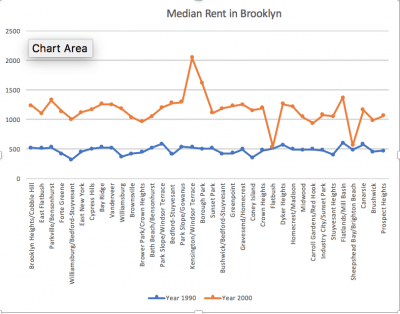The goal I decided to analyze is goal number 15, Life on Land. This goal sets out to, “protect, restore, and promote sustainable use of terrestrial ecosystems, sustainably manage forests, combat desertification and halt and reverse land degradation and halt biodiversity loss.” This goal is essentially promoting a healthy planet for everyone who inhabits it. Because we are all part of this world’s plethora of ecosystems, goal number 15 works to protect that ecosystem through a collaborative effort. At the global level, the world works together to fight these issues. For example, the Food and Agriculture Organization of the United Nations works to enhance the productivity and sustainability of land use through the interaction between climate and human activities, and land resources. They have created a model (below) to show this relationship. This organization works with the UN to fight climate change by implementing the most productive use of land according to biophysical and socio-economic conditions. They do this to minimize land degradation, and to promote the rehabilitating of that land, and to promote the sustainable use of land uses as a whole.

Sustainable land use and management (human activities) decide the sustainability/resilience or degradation/vulnerability of land resources
Sources:
http://www.fao.org/land-water/land/sustainable-land-management/en/





